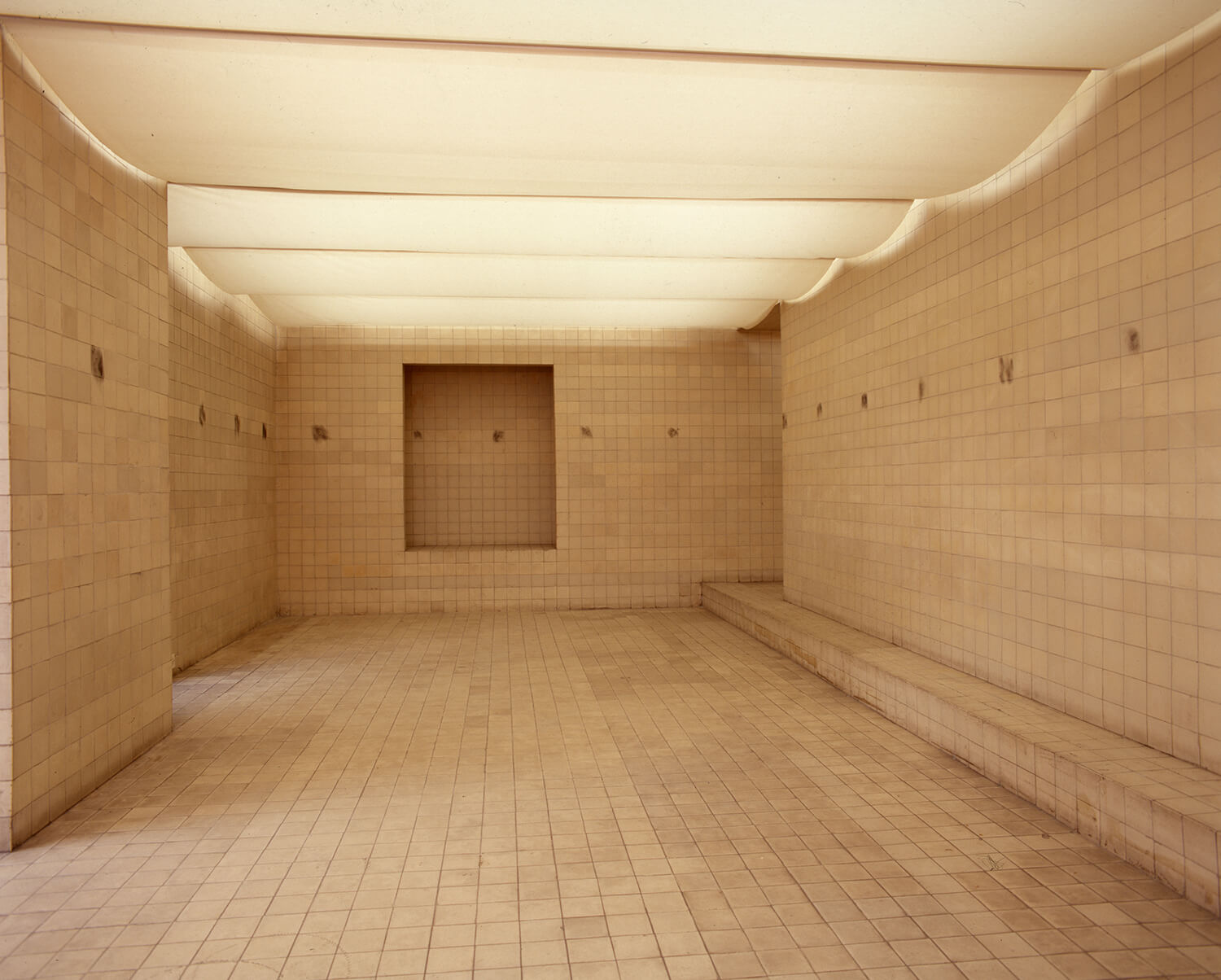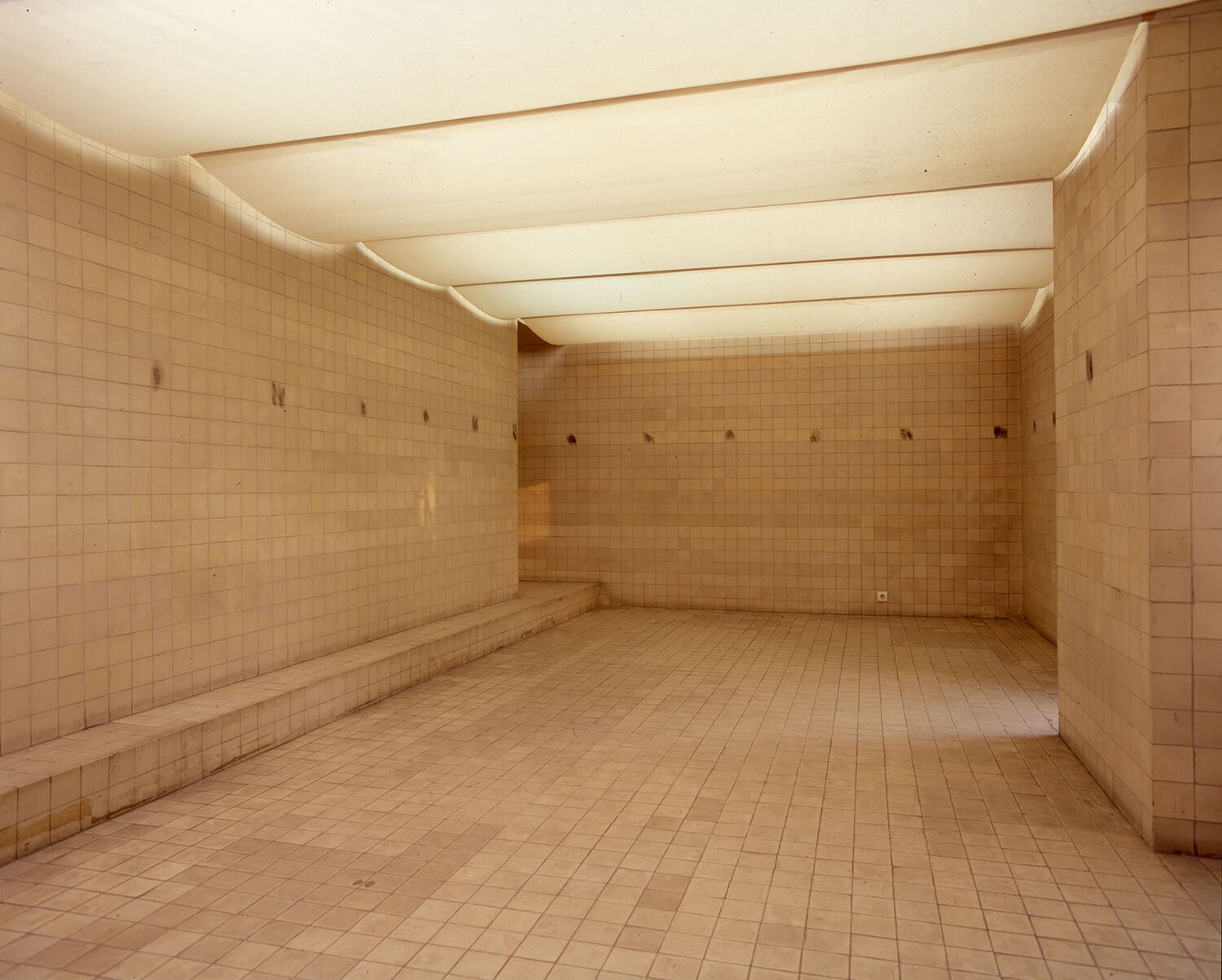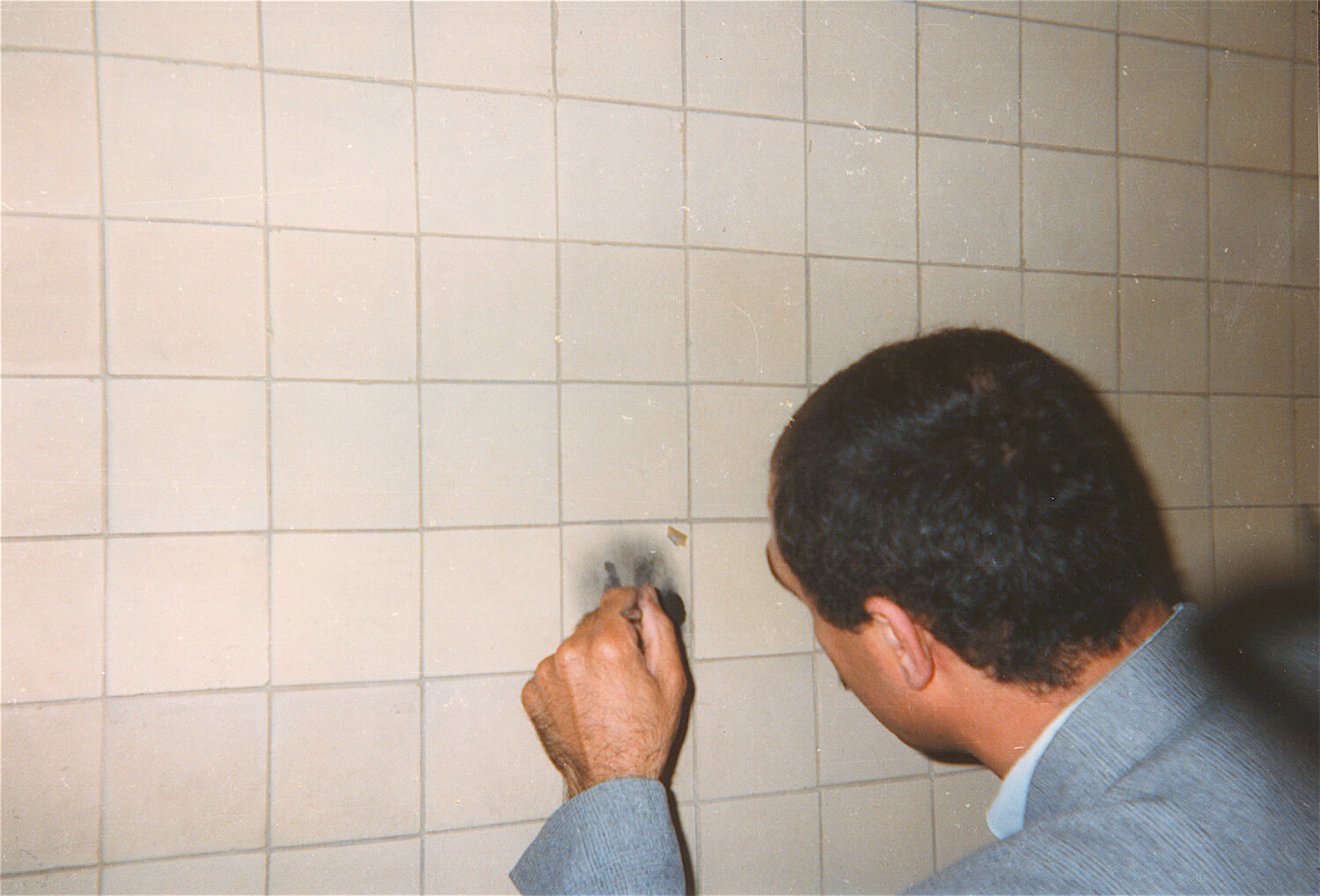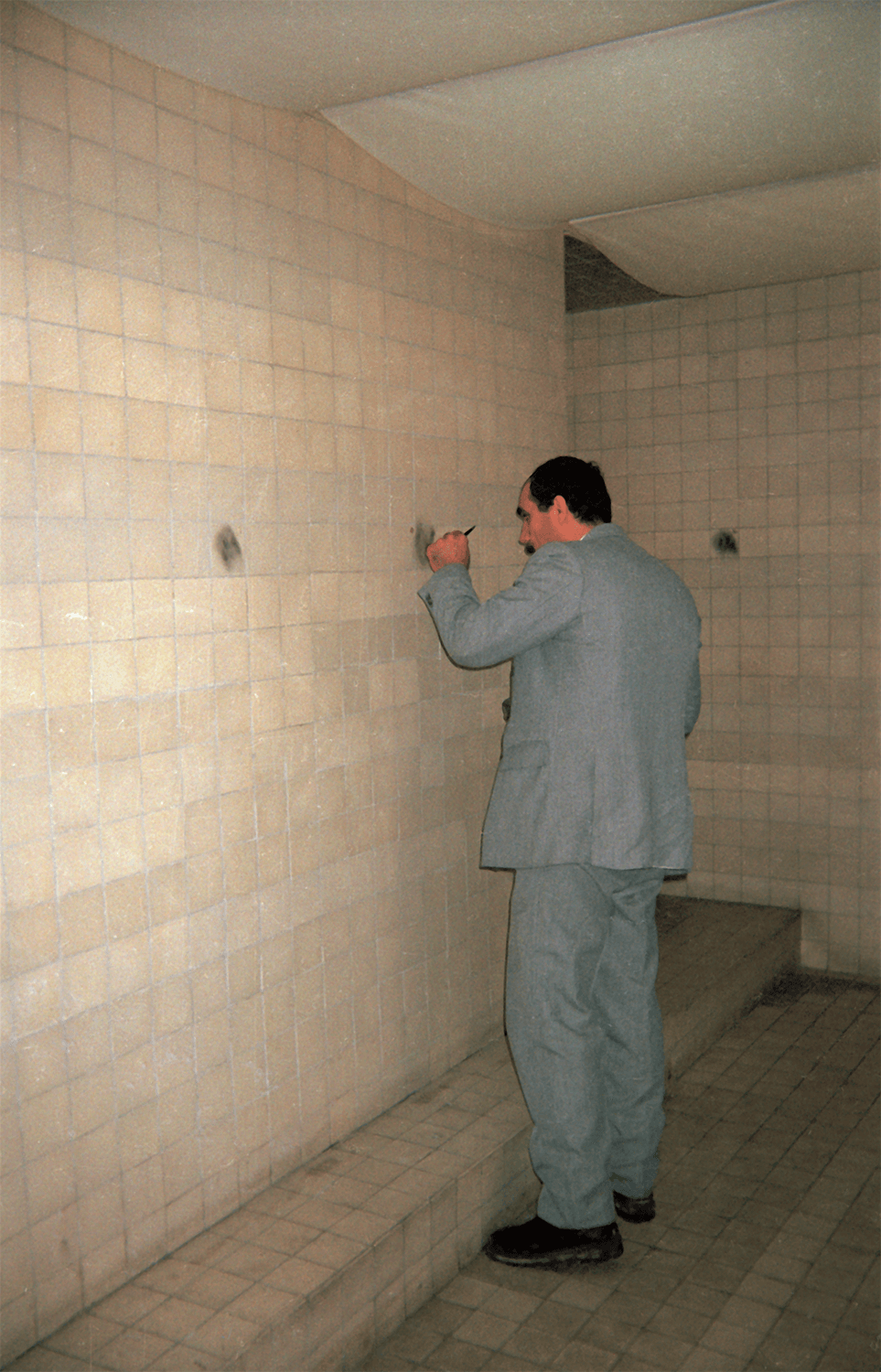1997, Installation
Fingerprints from the gallery wall taken by the criminal police Developed for Macka Art Gallery, Istanbul
| / |
The profound impasse of Turkey’s political agenda had concluded in a shift to a new dimension towards the end of 1996 with the rather dramatic exposition of certain schemes kept in the dark: the Susurluk Accident. How could those three people who were not supposed to have any sort of connection come together in the same car? In what sort of a web of relationships could the police, Alevism, Kurdish feudalism, drug trafficking, a member of the parliament and nationalism involved in murders intersect? Obviously today we are able to make more equable explanations regarding this proximity that left everyone in trepidation after the accident. But at the time, while the feeling that we were onto something was prevalent, it was not possible to foresee to what extent these incidents could be resolved and questions followed one another. Precisely in this period Esra Ersen had begun to work on her new project “Some People ” at the Maçka Art Gallery. Ersen began to conceive “Some People ” (1997) at a time when discussions intensified with the Susurluk case and question marks roamed around. While attempting to reveal the accrued traces – though invisible – in the exhibition space with the finger printing methods we see in the criminal field, as opposed to contesting the space and presenting an alternative visuality, she was also embarking on an excavation of the intersection between the space’s memory and the political agenda of the period. As a result of her personal efforts and persistent follow up, the artist was able to bring a fingerprint expert team from the Gayrettepe Police Department to the gallery to lift fingerprints from the walls. Even though the police officer tried not to leave any prints, with the artist’s efforts the officer had found himself in a position to take his own finger prints as well and thus his prints had also become part of the exposed scene. Tracing the fingerprints on the walls was in some respect a mapping of the memory that witnessed, challenged and discussed the political process in Turkey. Ironically the traces that were left while trying to destroy this memory were also being rendered visible. The people who had strived to promote a critical, innovative, substantive perspective of life and construct a cultural-political memory were symbolically being brought face to face with the dark forces that attempted to obstruct and efface these efforts and this attempt at obliteration was being exposed.





